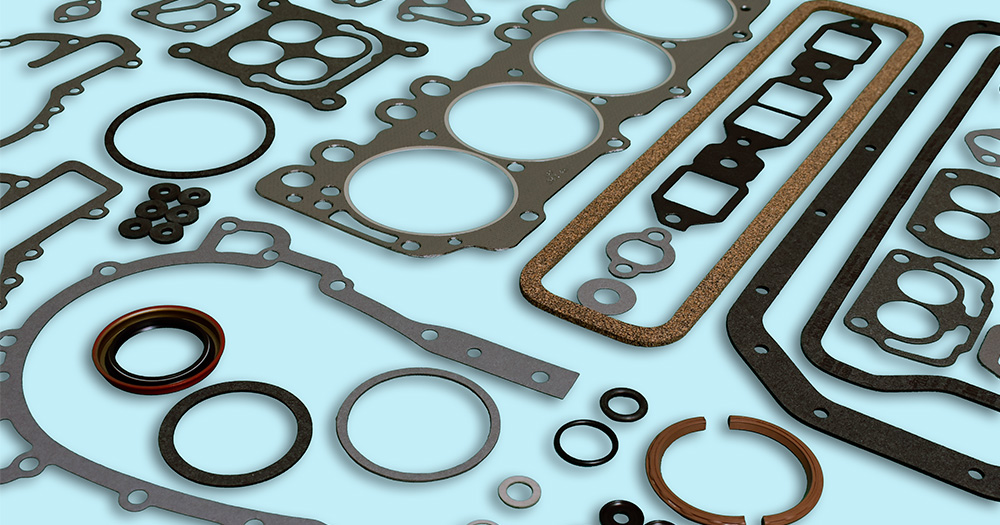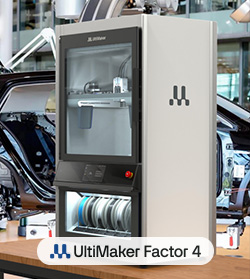The advantages of High Temp TPU

High Temp TPU is a thermoplastic polyurethane that combines hardness, heat resistance, ease of printing, elasticity and mechanical strength.
Main Features:
- High resistance to wear, abrasion and high temperatures
- Decreases impact and vibrations
- High resistance against fats, oils
- Great resistance to hydrolysis and UV rays
This new material combines the benefits of classic TPU, with rigidity, high temperature resistance and ease of printing!
High Temp TPU is therefore much more rigid than common thermoplastic polyurethanes and despite this, it has an elongation at break close to 200%.
Softening temperature and melting temperature are very close to each other, in fact the material is printed at about 240°C with a common brass nozzle and once printed, the part resists up to 160°C. This feature, relative to the high VICAT softening temperature, means that a temperature between 80°C to 100°C is necessary on the heated build plate, an unusual peculiarity among thermoplastic polyurethanes.

For which applications would you use a High Temp TPU?
- O-rings for static or dynamic use
- Lip seals for dynamic use
- Sealing rings for rotating shafts
- Front static seals for engine heads, pumps, crankcases, pistons, flanges
- Air-fuel management systems, motor vehicle screens
- Heating / cooling hydraulic gaskets for automotive engines
- Replacement of aluminum and rubber for light applications in cars under the hood
- Gasket for many types of machinery and for many mechanical uses
- Tubes for household and electronic appliances
- Prosthetic and medical devices
And much more.
Seals are certainly the masters. In fact, the material has sufficient elongation at break to adapt to surfaces, it's not chemically attacked by organic fluids and chemical solvents, it resists operating temperatures (both high and low) and resists high pressures without deforming.
Like common TPU, even High Temp TPU, if stored correctly, doesn’t show a decrease in thermal and mechanical performance due to the absorption of humidity. Furthermore, even if it's stored in an environment saturated with humidity for a long period of time, the spool can be easily restored to new life by drying it in a common electric oven at temperatures no higher than 80°C for about 8 hours.
Want to find out how to use High Temp elastomers and thermoplastic polyurethanes in your business?
In Same Category
Related by Tags
- Krones: Optimized 3D-printed parts & spares for customers anywhere
- 3D printing for the production of sheet metal bending dies
- Bambu Lab X1E: multifilament 3D printing in industrial applications
- 3D printing for the Education and STEM disciplines: the FabLab Poliba experience
- 3D printing and footwear: the FuSa shoe







Leave your comment